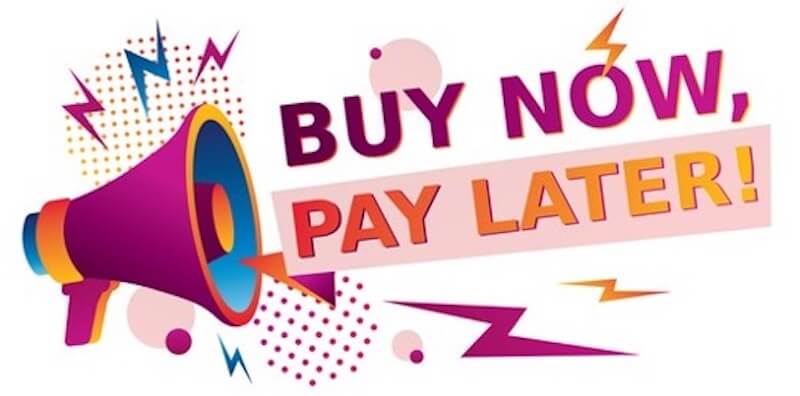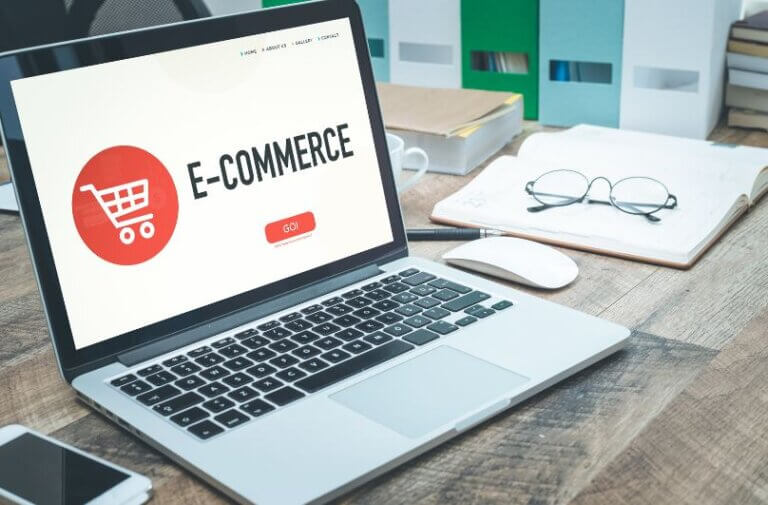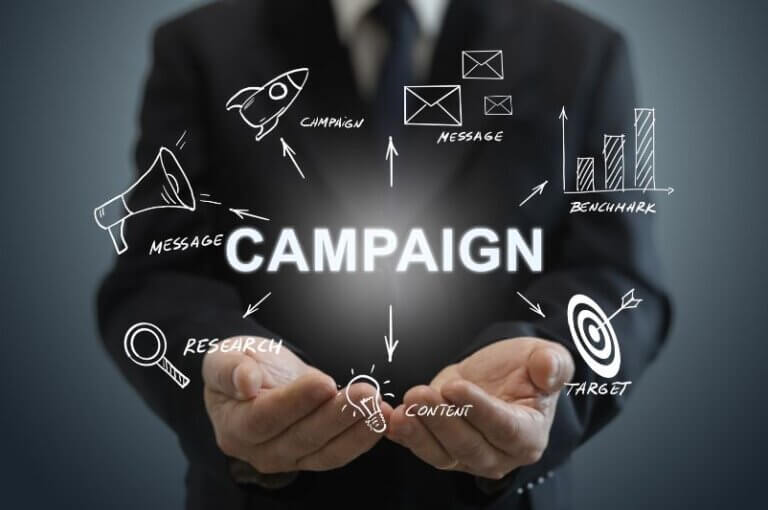Buy now, pay later marketing strategy.
Introduction to Buy Now, Pay Later Marketing Strategy
Buy Now, Pay Later (BNPL) is a marketing strategy that allows consumers to purchase goods or services and pay for them over time, usually in installments. This approach to consumer financing has been gaining popularity in recent years, particularly with the rise of e-commerce and online shopping. BNPL offers several benefits to consumers and businesses, making it a valuable tool for driving sales and customer loyalty.
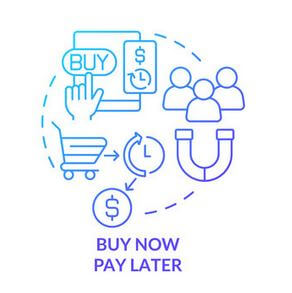
Definition of Buy Now, Pay Later
BNPL is a type of financing that allows consumers to buy products or services without paying the total amount upfront. Instead, they can pay for the purchase in installments over a set period, often with interest or fees. Retailers or third-party financing companies usually offer BNPL programs. They can purchase a wide range of products, from clothing and electronics to furniture and travel.
Benefits of Buy Now, Pay Later for Consumers
For consumers, BNPL offers several advantages, including:
- Convenient and flexible financing: BNPL allows consumers to purchase items they may not be able to afford upfront, providing them with more options and greater purchasing power. They can also choose the best payment plan for their budget, with many programs offering interest-free financing or low-interest options.
- Improved cash flow: With BNPL, consumers can spread the cost of a purchase over time, reducing the impact on their monthly budget and helping to improve their overall cash flow.
- No credit checks: Many BNPL programs do not require a credit check, making them accessible to a broader range of consumers, including those with poor or limited credit history.
- Easy to use: BNPL programs are typically easy to use and require minimal paperwork, making it simple for consumers to sign up and start making purchases.
Benefits of Buy Now, Pay Later for Businesses
For businesses, BNPL provides several benefits, including:
- Increased sales and conversion rates: By offering BNPL options, companies can tap into a broader market of consumers and increase sales and conversion rates. BNPL can also help to attract new customers and retain existing ones.
- Improved customer loyalty: BNPL programs can help to foster customer loyalty by providing customers with a convenient and flexible financing option. Customers are also more likely to return to a business that offers BNPL, as it makes future purchases more accessible and more affordable.
- Increased average order value: BNPL can encourage customers to make larger purchases, as they can spread the cost over time. This can lead to an increase in the average order value for businesses.
- Increased brand exposure: By partnering with a BNPL provider, businesses can increase their brand exposure and reach new audiences. This can help to raise brand awareness and build brand equity.
In conclusion, BNPL is a powerful marketing strategy offering several benefits to consumers and businesses. Whether you’re a retailer looking to increase sales and customer loyalty or a consumer looking for a more convenient and flexible financing option, BNPL is worth considering.
Types of Buy Now, Pay Later Programs
Buy Now, Pay Later (BNPL) programs come in various forms, each with unique features and benefits. Here are some of the most common types of BNPL programs:
Interest-Free Installment Plans
Interest-free installment plans are a popular type of BNPL program that allows consumers to purchase goods or services and pay for them in installments without paying any interest. These programs are usually offered by retailers and are designed to make high-ticket items more affordable for consumers. Some popular interest-free installment plans include Afterpay, Zip Pay, and Klarna.
Store Credit Cards
Store credit cards are another type of BNPL program that retailers offer. These cards work like any other credit card, allowing consumers to make purchases and pay for them over time, often with interest. Store credit cards can be a good option for customers who regularly shop at a particular store, as they usually come with benefits such as discounts, rewards, and special financing offers.
Third-Party Financing Companies
Third-party financing companies are independent organizations that offer BNPL programs to consumers. These companies usually partner with retailers to provide financing options for purchases made through their online stores or physical locations. Third-party financing companies often offer a range of financing options, including interest-free and traditional credit plans, making them flexible and convenient options for consumers.
Each type of BNPL program has its advantages and disadvantages, and the right choice will depend on the specific needs and preferences of the consumer. Some programs may be better suited to customers who need to finance large purchases, while others may be better for customers who want a simple and flexible payment option.
In conclusion, BNPL programs offer consumers various financing options, from interest-free installment plans to store credit cards and third-party financing companies. By understanding the different BNPL programs available, consumers can make informed decisions and find the financing option that best meets their needs.
Implementing Buy Now, Pay Later in Marketing
Buy Now, Pay Later (BNPL) is a popular marketing strategy that allows consumers to purchase goods or services and pay for them over time, usually in installments. Implementing BNPL in your marketing strategy can help to drive sales, increase customer loyalty, and attract new customers. Here are some steps to help you effectively implement BNPL in your marketing:
Partner with a BNPL Provider
The first step in implementing BNPL in your marketing strategy is to partner with a BNPL provider. Many providers include retailers, third-party financing companies, and banks. When choosing a provider, consider cost, flexibility, customer support, and the provider’s reputation and track record.
Integrate BNPL into Your Online and Offline Channels
Once you have partnered with a BNPL provider, the next step is integrating BNPL into your online and offline channels. This can include adding BNPL options to your website, displaying BNPL signage in your physical stores, and promoting BNPL through your marketing materials, such as email campaigns and social media posts.
Offer BNPL Promotions and Incentives
Offering promotions and incentives to customers using BNPL can help increase adoption and drive sales. This could include discounts or rewards for using BNPL or unique financing options for high-ticket items.
Educate Your Customers about BNPL
Educating your customers about BNPL is an integral part of implementing BNPL in your marketing strategy. This can include providing clear and concise information about the BNPL program, its features, and its benefits and offering customer support and guidance to help customers understand how BNPL works.
Monitor and Evaluate Results
Finally, it’s essential to monitor and evaluate the results of your BNPL marketing strategy. This can include tracking sales, customer satisfaction, and adoption rates and adjusting your system as needed to ensure that you get the best possible results.
In conclusion, implementing BNPL in your marketing strategy can be a powerful tool for driving sales, increasing customer loyalty, and attracting new customers. By partnering with a BNPL provider, integrating BNPL into your online and offline channels, offering promotions and incentives, educating your customers about BNPL, and monitoring and evaluating results, you can effectively implement BNPL in your marketing and achieve your business goals.
Measuring the Success of Buy Now, Pay Later Campaigns
Buy Now, Pay Later (BNPL) is a popular marketing strategy that allows consumers to purchase goods or services and pay for them over time, usually in installments. Measuring the success of BNPL campaigns is essential for understanding these programs’ impact on your business and making informed decisions about future marketing initiatives. Here are some key metrics to help you measure the success of your BNPL campaigns:
Adoption Rate
The adoption rate is the percentage of customers who use BNPL when making purchases. Measuring the adoption rate of your BNPL program can help you understand how well your program is resonating with customers and how much interest it generates. To calculate the adoption rate, divide the number of customers who use BNPL by the total number of customers who make purchases.
Conversion Rate
The conversion rate is the percentage of customers who purchase after considering BNPL. Measuring the conversion rate of your BNPL program can help you understand how well the program influences purchasing decisions and whether customers are more likely to purchase when BNPL is available. To calculate the conversion rate, divide the number of customers who purchase after considering BNPL by the total number of customers who consider BNPL an option.
Average Order Value (AOV)
The average order value (AOV) is the average amount customers spend when purchasing. Measuring the AOV of your BNPL program can help you understand whether customers are paying more when BNPL is available and whether the program positively impacts your bottom line. To calculate the AOV, divide the total revenue generated by BNPL by the number of customers who use BNPL.
Customer Satisfaction
Customer satisfaction is a crucial metric for measuring the success of your BNPL program. Measuring customer satisfaction can help you understand whether customers are happy with the program and whether they are more likely to return as customers in the future. To measure customer satisfaction, you can use customer surveys, focus groups, or other customer feedback mechanisms.
Return on Investment (ROI)
The return on investment (ROI) measures the financial performance of your BNPL program. Measuring the ROI of your program can help you understand whether the program is generating a positive return on your investment and whether the program is contributing to your business’s overall financial success. To calculate the ROI of your BNPL program, subtract the program’s cost from the revenue generated, and divide the result by the program’s cost.
In conclusion, measuring the success of your BNPL campaigns is essential for understanding the impact these programs have on your business. By tracking metrics such as the adoption rate, conversion rate, average order value, customer satisfaction, and return on investment, you can effectively measure the success of your BNPL campaigns and make informed decisions about future marketing initiatives.
Challenges and Best Practices in Buy Now, Pay Later Marketing
Buy Now, Pay Later (BNPL) is a popular marketing strategy that allows customers to purchase goods or services and pay for them over time, usually in installments. While BNPL can be a highly effective marketing tool, it also has challenges that must be addressed to ensure success. Here are some of the critical challenges and best practices to keep in mind when implementing BNPL in your marketing strategy:
Challenges
- High Default Rates: One of the biggest challenges of BNPL programs is the potential for high default rates. If customers cannot make their payments on time, the business can suffer significant financial losses.
- Regulation: BNPL is a financial product, and as such, it is subject to the law. This means that businesses need to be familiar with the rules that apply to BNPL and make sure that their programs comply with these regulations.
- Lack of Awareness: Not all customers know BNPL and how it works. Businesses need to educate customers about the benefits of BNPL and how to use the program effectively.
- Integration with Payment Systems: Integrating BNPL with existing payment systems can be challenging, and businesses must ensure that their systems can support BNPL programs.
Best Practices
- Partnering with a Reputable BNPL Provider: To minimize the risk of default and ensure that your BNPL program complies with regulations, it is best to partner with a reputable BNPL provider.
- Educate Customers: Educating customers about BNPL and how it works is critical to ensuring that the program is used effectively and that customers understand the benefits of the program.
- Use Data to Make Informed Decisions: Using data to make informed decisions about your BNPL program is crucial to its success. This means tracking metrics such as adoption rate, conversion rate, average order value, customer satisfaction, and return on investment.
- Offer Flexible Payment Options: Offering flexible payment options is critical to ensuring that customers can make their payments on time and that the program is accessible to many customers.
- Continuously Evaluate and Improve the Program: Continuously evaluating and improving your BNPL program is essential for ensuring that the program continues to be practical and relevant over time. This means tracking metrics, soliciting customer feedback, and making changes to the program as needed.
In conclusion, implementing BNPL in your marketing strategy can be a highly effective way to increase sales and customer engagement. However, it also comes with its challenges that must be addressed. By following best practices such as partnering with a reputable BNPL provider, educating customers, using data to make informed decisions, offering flexible payment options, and continuously evaluating and improving the program, you can ensure the success of your BNPL campaigns.
Conclusion: The Future of Buy Now, Pay Later Marketing
The Buy NBuy Pay Later (BNPL) marketing strategy has grown in popularity recently and shows no signs of slowing down. BNPL has proven to be an effective way for businesses to increase sales, customer engagement, and customer loyalty. However, companies must be aware of the challenges of implementing BNPL and follow best practices to ensure success.
The future of BNPL looks promising, and more businesses will likely adopt BNPL as a marketing strategy in the coming years. With the growth of e-commerce and mobile commerce, it is becoming easier for companies to offer BNPL programs and for customers to use them. This means that buy now, pay later advertising has the potential to become even more widespread and influential in the future.
In addition, new technology is likely to play a role in the future of BNPL. For example, artificial intelligence and machine learning can help businesses make better decisions about who to offer BNPL to and minimize the risk of default.
Overall, the future of BNPL looks bright, and businesses that can implement BNPL effectively and follow best practices will be well-positioned to take advantage of this growing trend. Whether you are a small business just starting or a large enterprise looking to expand, BNPL has the potential to help you achieve your goals and grow your business.
In conclusion, Buy NBuy Pay Later is a powerful marketing strategy that has the potential to revolutionize the way businesses sell goods and services. By understanding the challenges and best practices involved in implementing BNPL, companies can ensure that they can take advantage of this growing trend and achieve success in the future.
F.A.Q
How do I promote buy now, pay later?
Here are some ways to promote a Buy Now, Pay Later (BNPL) marketing strategy:
- Social media advertising: Utilize social media platforms such as Facebook, Instagram, and Twitter to reach a large audience and promote the BNPL program. Use eye-catching graphics, videos, and infographics to showcase the benefits of BNPL.
- Influencer marketing: Partner with popular influencers with a large social media following to promote the BNPL program. Influencers can help to reach a new audience and generate excitement about the program.
- Email marketing: Send regular emails to your customer list to promote the BNPL program and highlight its benefits. Offer incentives for customers who sign up for the program, such as a discount on their first purchase.
- In-store promotions: Place signage in your physical store promoting the BNPL program and encourage customers to sign up. You can also offer incentives for in-store sign-ups, such as a discount or a gift.
- Affiliate marketing: Partner with other businesses that complement your product or service to promote the BNPL program. These businesses can help to reach a new audience and generate more sales.
- Online advertising: Utilize online advertising platforms such as Google Ads and Bing Ads to promote the BNPL program. Target specific demographics and interests to reach the right audience.
- Content marketing: Create blog posts, articles, and videos about the BNPL program and its benefits. Share this content on social media, email, and other marketing channels to reach a wider audience.
- Referral marketing: Encourage existing customers to refer their friends and family to the BNPL program. Offer incentives for successful referrals, such as discounts or gifts.
By combining these marketing strategies, businesses can effectively promote their BNPL program and increase sales and customer engagement.
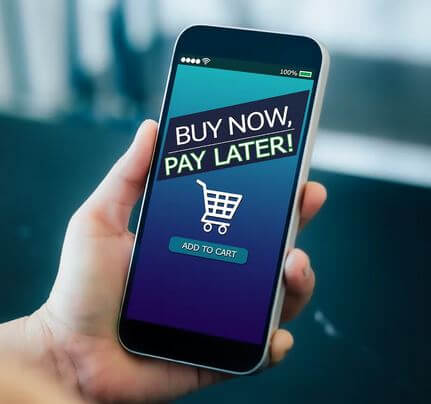
Who is the target market for buy nBuy pay later?
The target market for Buy NBuy Pay Later (BNPL) programs can vary depending on the product or service being sold, but some common target groups include:
- Millennials and Gen Z: These generations are more open to new and innovative payment methods and are more likely to use BNPL programs.
- Budget-conscious consumers: BNPL programs allow consumers to spread out the purchase cost over time, making it easier for them to budget and manage their finances.
- E-commerce shoppers: BNPL programs are becoming increasingly popular among online shoppers as they offer an alternative to traditional credit cards and other payment methods.
- High-income consumers: BNPL programs can appeal to high-income consumers looking for a flexible and convenient way to make large purchases.
- Tech-savvy consumers: BNPL programs are often integrated with technology, making them easy for consumers to be comfortable with digital payment methods.
However, it’s essential to remember that the target market for BNPL programs can vary depending on the specific program, and businesses should conduct market research to determine their target audience. By understanding their target market, companies can tailor their BNPL program and marketing efforts to meet the needs and preferences of their target audience.

